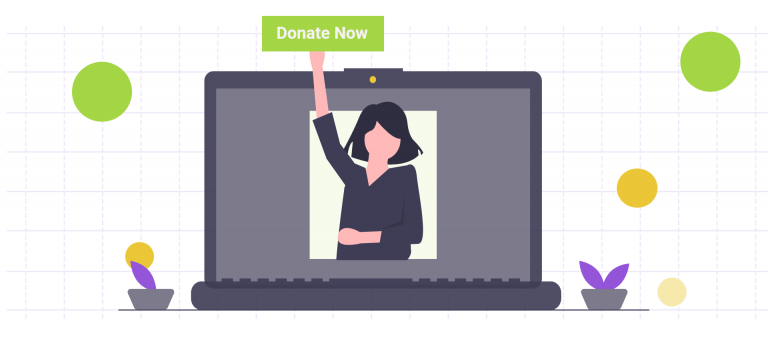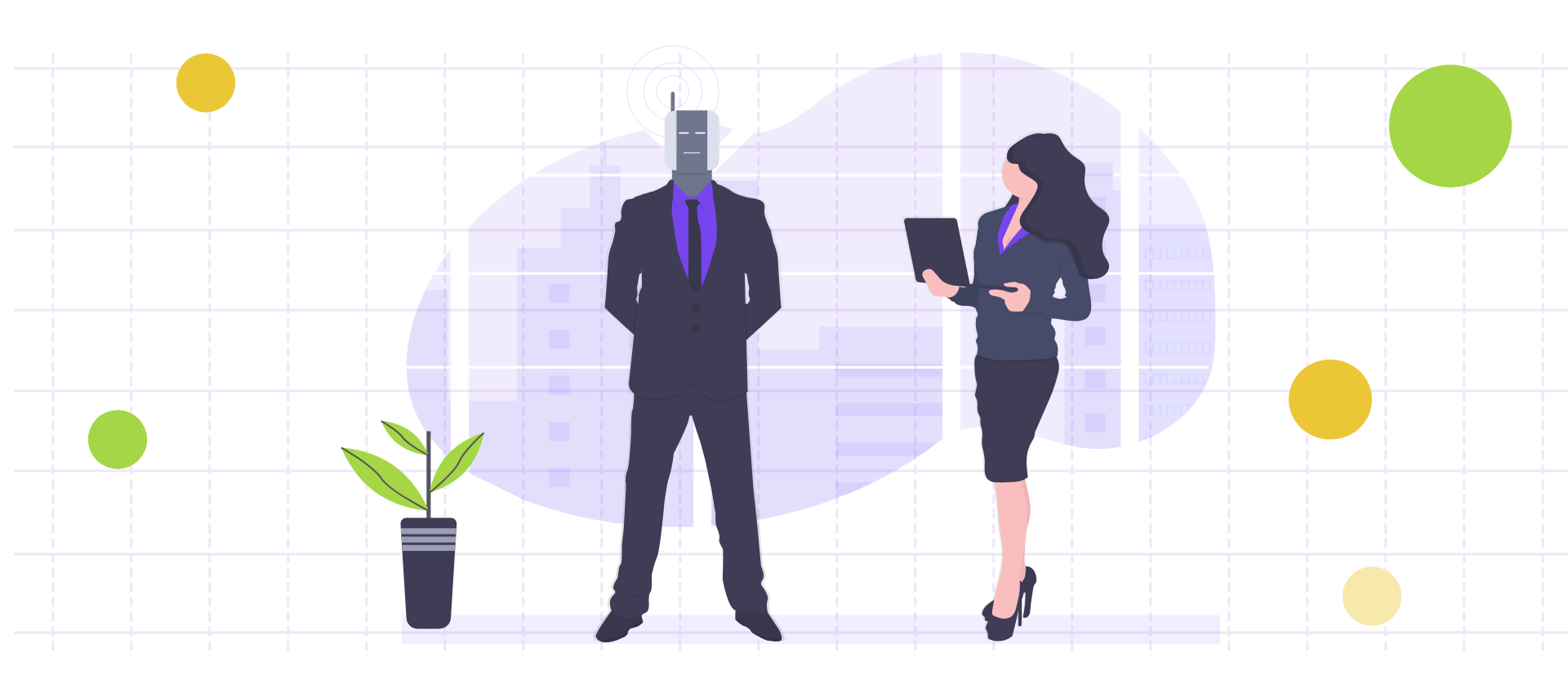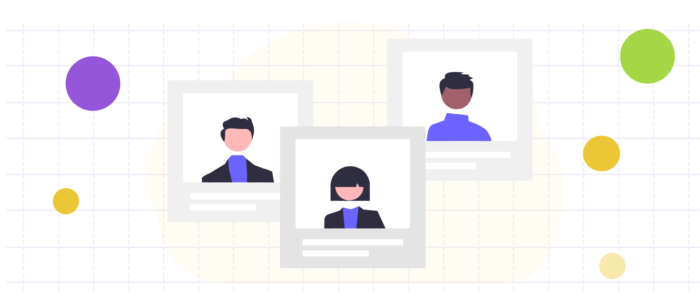How to Develop Your Nonprofit Data Management Strategy

What’s one thing that’s more valuable than the donations you receive online?
No, it’s not goodwill. It’s also not brand recognition. It’s certainly not the accolades heaped on your nonprofit organization for making a positive impact on the world, though those are nice too.
The one thing more valuable than donations? Data.
Why? Cold, hard, objective information about your donors is exactly what you need to ensure that those donations keep rolling in. So while a single $25 donation is appreciated, data allows you to secure a lifetime of regular donations, access new donors, and upgrade existing donors as part of your overall donor management strategy.
The only problem is, the more successful you are at getting donations, the more data you have pouring in regularly, so you better have a way to capture it, store it safely, and use it later on.
And that’s why you absolutely cannot live without a data management strategy.
What is Data Management Strategy for Nonprofits
Your nonprofit’s data management strategy outlines how you collect data from your donors and prospects for use later in marketing activities. Your strategy defines the process that you use to deal with data as it comes into your organization and should include:
- Criteria for selecting database software
- Definition of which types of data should be collected
- How data is stored
- Security protocols for donor data
- How to analyze data to gain insight into donor and prospect behavior
- How to be transparent with your data collection and usage practices
If you have some experience with data management, none of this is news to you, but you would be in the minority. Hubspot found that while nearly all surveyed nonprofits want to learn to make better use of their data, less than half frequently use their data to make decisions, which means they’re probably not managing and utilizing their data effectively. This is your chance to get a leg up on the competition.
8 Best Practices for Nonprofit Data Management
Fortunately, the path to effective data management for nonprofits is relatively straightforward. Just follow these best practices as a foundation for your strategy.
1. Choose the Right Nonprofit Data Management Software
While pencil and paper are good for many things, managing vast amounts of data is not one of them, so you need software. There are plenty of options on the market, many of which offer the same list of standard features, such as customer relationship management (CRM), reporting, email marketing, planning, etc.
When trying out candidates for your nonprofit data management system, look for software that makes sense for your organization, is easy to navigate, offers integrations with some of the apps you are already using, and fits into your budget.
For a truly valuable boost to your future marketing workflows and campaigns, consider a platform that offers artificial intelligence features that help with automation, data analysis, and reporting. For example, Keela’s intelligent tools can help you raise more money while saving you time and resources.
2. Determine What You Need to Collect
Before you even think about firing up your new software platform, you better get a handle on what information you need to collect. With so much coming in, it can be easy to get overwhelmed trying to collect and store it all.
Start with a list of essential data points like contact information, donation activity, volunteer involvement, employers, and professional affiliations. This information helps you understand and communicate with your donors better.
3. Understand Your Metrics
One way to devise a great data management strategy is to act like you’re writing a mystery novel. That is, start at the end and work backward.
Begin by figuring out which metrics or key performance indicators truly matter to your organization, then ensure you are collecting the correct data that gives you valuable insights into the behavior and preferences of your donors and prospects. Depending on the software you’ve chosen, you should be able to automatically crunch your numbers so that you get nice, bite-size pieces of wisdom that you can act on.
And don’t forget to act! Once you have an understanding of your metrics, use that understanding to make better decisions.
4. Create a Workflow
When you’re ready to get up and running with your nonprofit’s data management strategy, design a workflow for your organization.
If you’re a small nonprofit, the workflow might just consist of you managing your software platform, looking at insights, and making decisions. But if you have the staff resources, it can be helpful to assign people to different roles along the data path. You can get some team members to focus on data collection and segmentation, while others work on analysis and reporting.
Assign a database manager to ensure your workflow and process run smoothly, and rules are being followed.
5. Follow Data Usage Rules and Regulations
Depending on where your organization operates, rules and regulations may apply to how you collect data, which data you can collect, how it is stored, etc. Be sure you understand and comply with these regulations:
The United States: The Controlling the Assault of Non-Solicited Pornography And Marketing (CAN-SPAM) Act regulates email communications, but it also has implications for data storage.
Canada: Canada’s Anti-Spam Legislation (CASL directly impacts nonprofit data collection, storage, and communications. Remember that the responsibility is on your shoulders to ensure that you are staying compliant with the rules.
Europe: The General Data Protection Regulation (GDPR) governs data privacy, even for nonprofits that aren’t based in Europe. Collecting data from citizens of the European Union is enough to subject your organization to GDPR rules.
6. Protect Your Donor Data
Data security is a huge topic to which experts and entire firms are devoted, so we’re not going to get into the nitty-gritty here. Like the above-mentioned rules and regulations, the onus is on your organization to protect the private information of your donors.
There are plenty of malicious actors in the world who want to prey on loosely guarded data, and your donors trust you to ensure that doesn’t happen, so be sure your software platform (like Keela) includes security features.
7. Be Transparent
One way to build trust with your donors so that they are willing to share their valuable information with you is to be open and honest about which data you are collecting and how it is being used. A recent Salesforce study found that demand for transparency is increasing amongst donors, so it’s a good idea to deliver on those demands if you want to keep those donations coming in.
Be sure to publish a privacy and data usage policy on your website and link it to your donation page. You can also make your annual report publicly available and easy to access so that potential donors can see how their donations will likely be used.
8. Educate Your Team
Once you’ve sorted out your platform, your strategy, workflow, compliance, and everything else that goes along with data management, it’s time to train your staff. Pay particular attention to the security and privacy segments of your strategy since untrained team members could very easily share private information or passwords with parties that shouldn’t have access to them.
It’s a good policy to create standard operating procedures (SOPs) that help your staff stay sharp on how to deal with data. You can follow a SOP template if you're not sure what to include. Having documented procedures in place can be a valuable resource for your team and spread the workload out across your organization, rather than piling all responsibility onto you.
Don’t Lose Sight of Your Goal
It can be easy to get bogged down under the weight of all the incoming data, processing, storage, and everything else in your data management strategy. But it’s important to remember why you’re doing this in the first place: to build better relationships with your donors, current and future.
So, once all that data is processed, your job isn’t over: it’s time to actually use it.
.svg)



